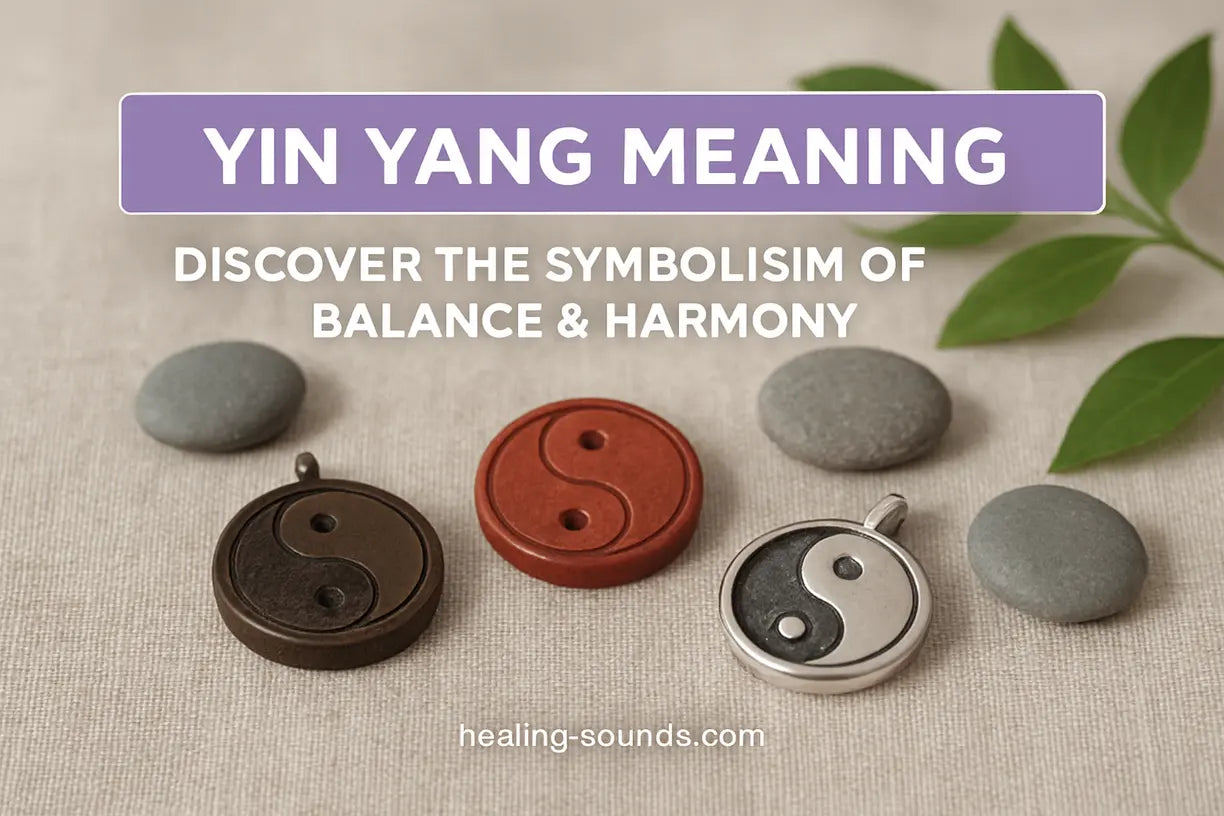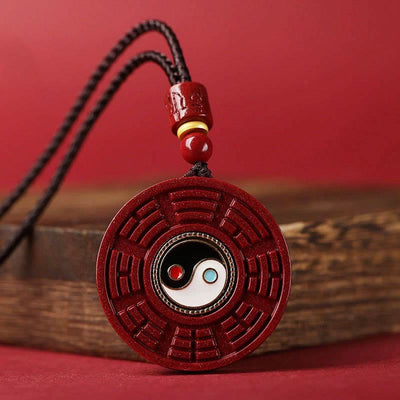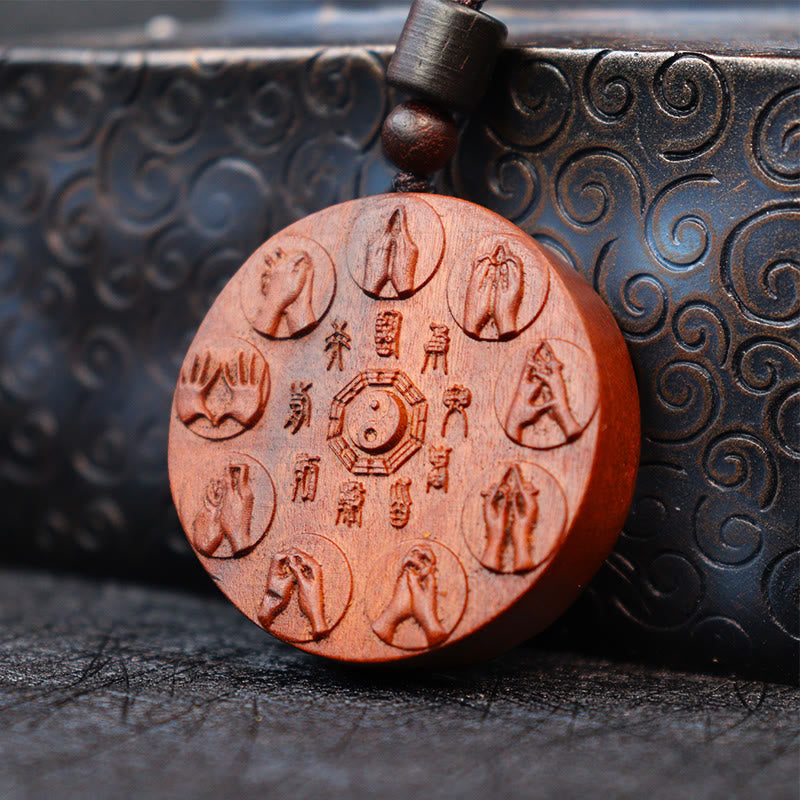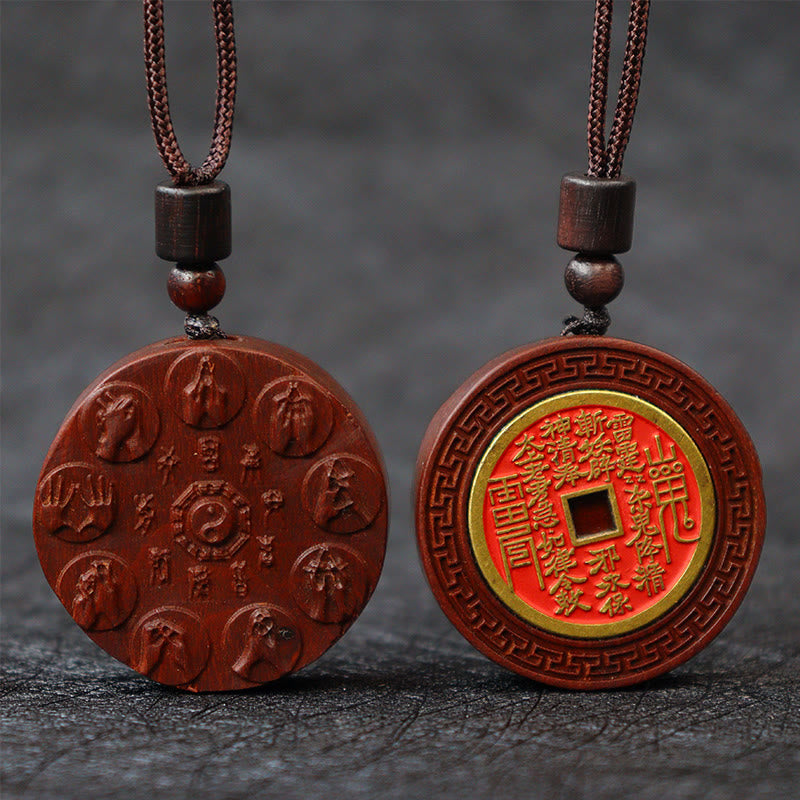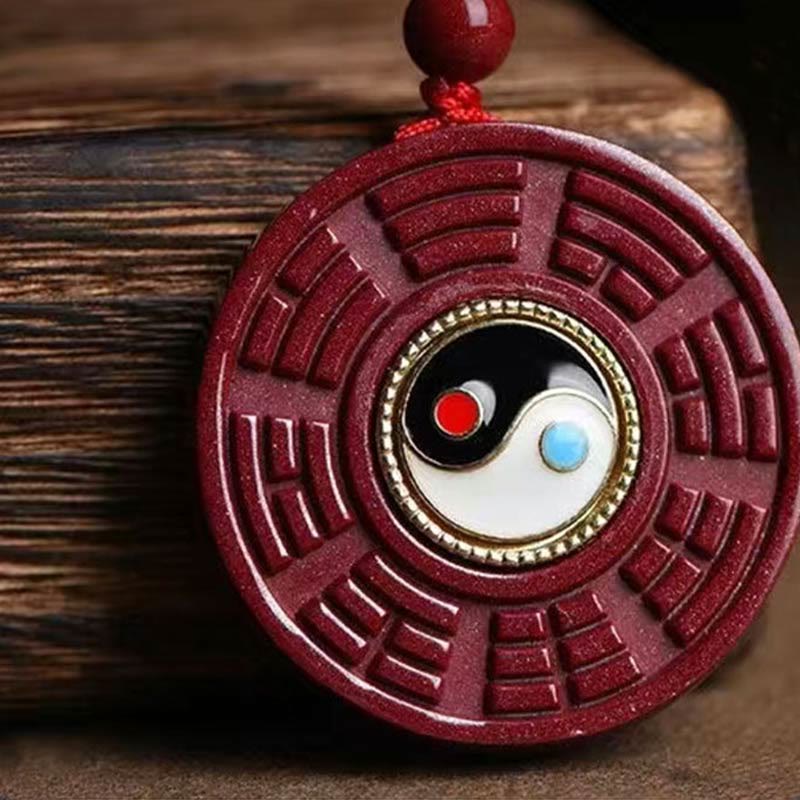The yin yang symbol is one of the most recognized icons in the world, yet its true essence is often simplified to a mere graphic of black and white. But what is the profound yin-yang meaning? It's far more than a simple representation of opposites; it’s a deep, ancient roadmap to understanding the universe, our lives, and the very nature of existence. This symbol from ancient Chinese philosophy offers a powerful lens through which we can see the world not as a series of conflicts, but as a harmonious, interconnected whole.
For anyone drawn to spiritual symbolism and the pursuit of a more balanced life, understanding the significance of yin and yang is a transformative step. It guides us to appreciate the necessary interplay of light and dark, action and rest, and the masculine and feminine energies within us all. In this guide, we will explore the rich history, core principles, and practical applications of the yin yang, helping you to not only grasp its meaning but to actively weave its wisdom into your daily life for greater harmony and personal growth.
The Core Philosophy: What is the True Yin Yang Meaning?
At its heart, the meaning of yin and yang is about dynamic balance. It stems from Taoist philosophy, which observes the natural world to understand the fundamental laws of the universe. The core idea is that everything in existence is composed of two opposing but complementary forces: yin and yang. These forces are not in conflict; instead, they are interdependent, and their constant interaction creates the flow and rhythm of life. Think of night and day—one cannot exist without the other, and their transition is a seamless, continuous cycle.
This concept teaches us that harmony is not about achieving a static state of perfection, but about embracing the perpetual dance between these dualities. Life is a constant flow of expansion and contraction, of being and doing. Understanding this helps us navigate challenges with more grace, recognizing that periods of rest (Yin) are just as crucial as periods of action (Yang) for a whole and healthy life.

Deconstructing the Symbol: The Elements of Yin and Yang
To fully grasp the yin yang explanation, we must look at each component of its elegant design. The symbol, also known as the Taijitu, is a circle divided into two teardrop-shaped halves—one black (Yin) and one white (Yang).
Understanding Yin: The Receptive Energy
Yin is the black section of the symbol. It represents the more passive, receptive, and internal aspects of life. Its characteristics are often associated with:
- Darkness, shade, and coolness
- Feminine energy
- Nighttime and the moon
- Rest, stillness, and introspection
- The Earth and the downward, grounding direction
Spiritually, the yin-yang meaning spiritual aspect connects Yin to the inner world of intuition, emotion, and quiet contemplation. It is the energy of "being" rather than "doing."
Understanding Yang: The Active Energy
Yang is the white section, symbolizing the active, expansive, and external forces. It is the energy of outward expression and movement. Its characteristics include:
- Light, sun, and heat
- Masculine energy
- Daytime and the sun
- Action, growth, and expression
- The heavens and the upward, expansive direction
Yang represents the part of us that sets goals, takes initiative, and engages with the outside world. It is the powerful energy of "doing."
The Interlocking Dance and the 'Dots'
The flowing, S-shaped line between the black and white halves is crucial. It signifies that these forces are in constant motion, flowing into one another. It's not a rigid, static boundary. More importantly, within the white Yang section, there is a small black dot, and within the black Yin section, there is a white dot. This represents the profound truth that nothing is ever 100% Yin or 100% Yang. Within darkness, there is a seed of light, and within light, a shadow remains. This shows their interconnectedness and the necessity of each within the other.
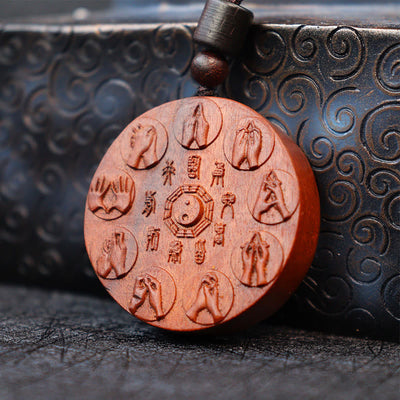
Lightning Struck Jujube Wood Yin Yang Pendants for Protection
$26.90 $38.90
Channel the essence of yin yang meaning with this natural pendant, handcrafted for balance and powerful energetic protection.
Explore ProductThe Ancient Roots: A Glimpse into Taoist Origins
The concept of yin and yang is central to Taoism, an ancient Chinese philosophy and religion. Taoists believe in living in harmony with the Tao, which can be translated as "the Way" or the natural order of the universe. The yin yang symbol emerged from centuries of observing nature's cycles—the changing seasons, the rising and setting of the sun, and the rhythm of life and death. Early records of this philosophy can be found in texts like the *I Ching* (The Book of Changes), dating back over 3,000 years.
This historical context is vital to understanding the yin-yang meaning chinese philosophy intended. It wasn’t just an abstract idea but a practical guide derived from the world itself. It taught that by aligning with these natural rhythms, one could achieve a life of balance, peace, and effortless flow.
Yin Yang Meaning in Modern Life: Finding Your Balance
While its origins are ancient, the significance of yin and yang is more relevant than ever in our fast-paced modern world. We are often encouraged to be in a constant state of "Yang"—always productive, always striving, always switched on. This leads to burnout and a sense of disconnection. Applying the yin yang principle means consciously making space for "Yin."
In Your Personal Wellness
True wellness is a balance between strenuous exercise (Yang) and restorative rest (Yin). It's about balancing a busy social life (Yang) with quiet solitude (Yin). If you feel exhausted or overwhelmed, it’s likely a sign that your Yang energy is depleted and you need to cultivate more Yin through rest, meditation, or simply doing nothing.
In Your Relationships
The yin yang principle is a beautiful model for relationships. A healthy connection requires a balance of speaking (Yang) and listening (Yin), of giving support (Yang) and receiving it (Yin). The phrase "yin to my yang" speaks to this complementary partnership, where two individuals, each with their own unique blend of energies, come together to create a more complete and harmonious whole.

In Your Spiritual Practice
A spiritual journey involves both active learning (Yang) and quiet, intuitive knowing (Yin). It includes practices like chanting or dynamic yoga (Yang) as well as silent meditation and reflection (Yin). Embracing both sides allows for a richer, more integrated spiritual experience, connecting the mind's understanding with the heart's wisdom.

Wear Your Balance: Symbolic Jewelry
Harmonize your life with the ancient yin yang meaning—this cinnabar pendant is valued for energy, clarity, and spiritual equilibrium. Learn more ➔
Wear this unisex yin yang necklace as a daily reminder of the profound meaning of balance, harmony, and connection. Learn more ➔
Conclusion: Embrace the Dance of Life
The yin-yang meaning is not just a piece of ancient philosophy; it is a living, breathing guide to a more harmonious existence. It teaches us to honor all parts of ourselves and our lives—the joyful and the challenging, the active and the restful. By understanding that these opposites are not enemies but partners in a beautiful dance, we can stop resisting the natural flow of life and start moving with it. Embracing this profound symbolism allows us to cultivate balance, resilience, and a deep sense of peace in our journey. Wearing a yin yang symbol can be a powerful daily reminder to honor this dance and seek your own unique equilibrium.
Frequently Asked Questions about Yin Yang Meaning
Yin-yang symbolizes the concept of dualism and dynamic balance. It represents the idea that all things in the universe consist of two opposing yet complementary and interconnected forces. Yin (black) represents passivity, darkness, and feminine energy, while Yang (white) represents activity, light, and masculine energy. Together, they symbolize harmony, wholeness, and the constant, cyclical flow of life.
Yin-yang is neither inherently positive nor negative. It transcends these simple labels. The philosophy teaches that both forces are essential and necessary for balance. Yang might be associated with qualities we often label "positive" like light and growth, but too much Yang without Yin leads to burnout. Similarly, Yin's rest and quiet are vital. The goal isn't to choose one over the other but to harmonize both.
Spiritually, yin represents the inner world of intuition, contemplation, and receptivity. It is the energy of "being" rather than "doing." It connects to the subconscious mind, emotional depth, and the quiet stillness required for meditation and introspection. Cultivating yin energy is about listening to your inner voice, nurturing your soul, and finding wisdom in silence.
The phrase "the yin to my yang" describes a relationship where two people have complementary qualities that create a harmonious whole. It means that one person's strengths, personality, or energy balances the other's. For example, a more spontaneous, outgoing person (Yang) might find a perfect partner in someone who is more thoughtful and calm (Yin). It signifies a deep, balanced, and symbiotic connection.
In relationships, the yin-yang symbol represents balance, harmony, and interdependence. It suggests that a healthy partnership involves a dynamic interplay of different energies. It's about finding a rhythm between giving (Yang) and receiving (Yin), speaking (Yang) and listening (Yin), and being independent while also being deeply connected. It symbolizes two individuals coming together to create a stronger, more complete union.

